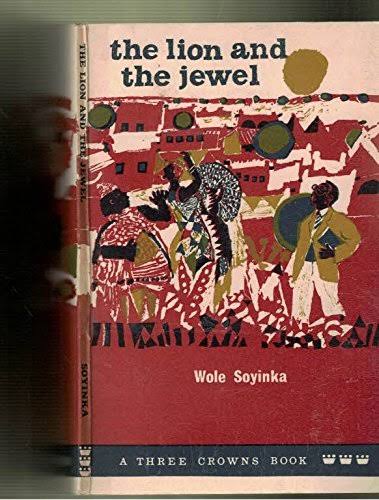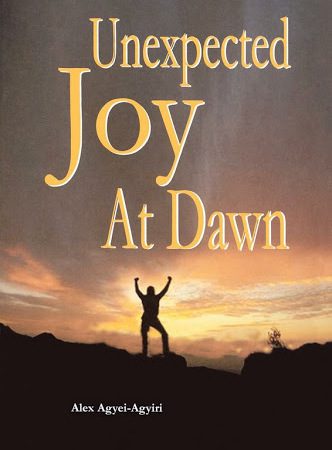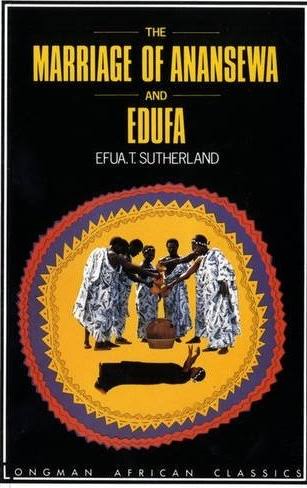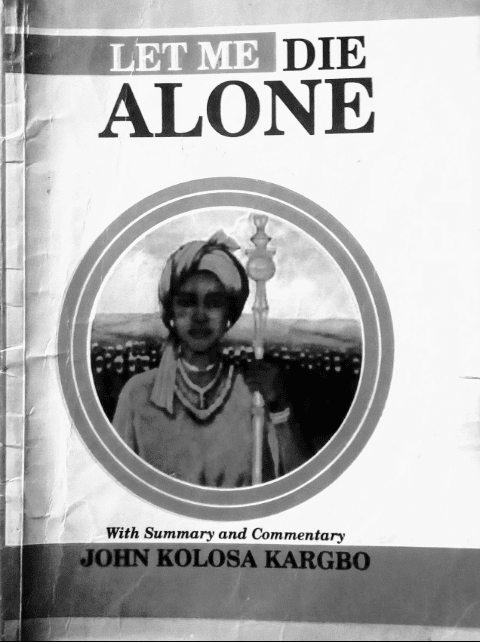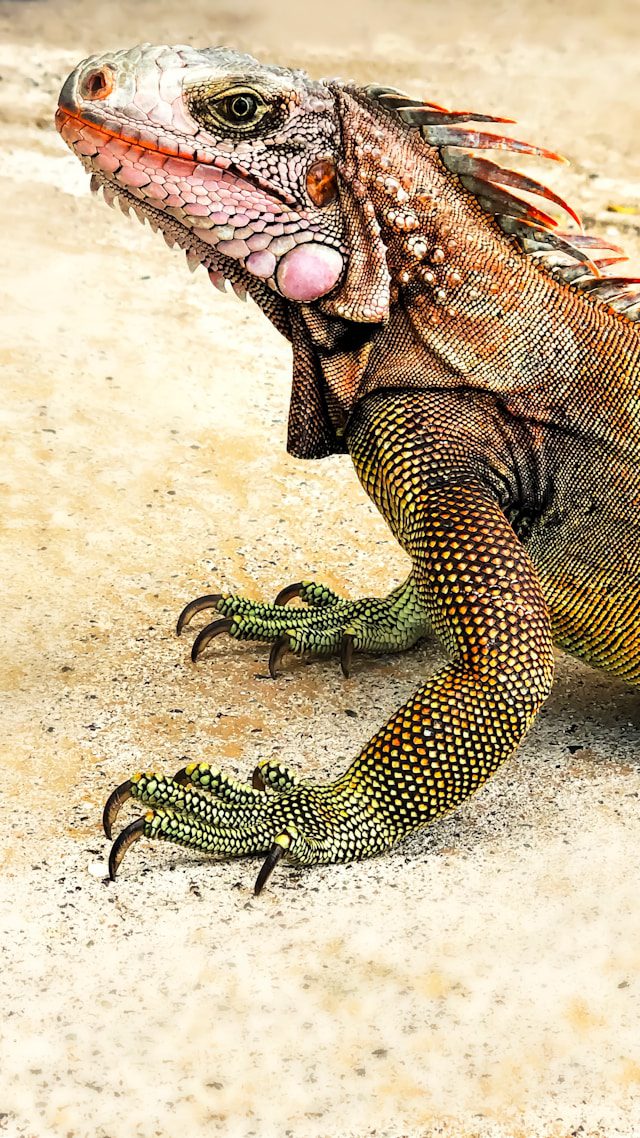(1) The Lion and the Jewel is written by the Nigerian Nobel Laureate, Wole Soyinka. The 1962 play is one of the two texts under the African Drama category recommended for the 2021-2025 (WAEC, NECO, JAMB, NABTEB etc) Literature syllabus – the other being John Kolosa Kargbo’s Let Me Die Alone.
(2) The Lion and the Jewel has, as its principal characters, Sidi, Lakunle, Baroka and Sadiku.
(3) The play juxtaposes two worlds; both Western and African worlds. It pits the African culture against the Western civilization. Lakunle, the primary school teacher and a been-to-the-city, is a beacon of the Western civilisation and its liberties; the caricature of a modern educated man. Baroka is a paragon of African values, wisdom and knowledge.
(4) The thematic focus of the play is the clash between tradition and modernity.
(5) The play is characterised by flashbacks which are rendered mostly in form of mime and improvised characters. In recounting the drama surrounding the coming of a stranger into Ilujinle, Lakunle acts as the stranger; and the girls pretend to be the stranger’s car. There’s this story-in-story technique used. The characters in Soyinka’s The Lion and the Jewel also script their own plays.
(6) The setting of Wole Soyinka’s The Lion and the Jewel is Ilujinle, a rural community in Southwest Nigeria. The village Head or Baale is Baroka. Despite its remoteness to the city, there are traces of Western influence in Ilujinle; signaled by the presence of a primary school, the entry of a stranger from Lagos, the thwarted railway line, the palace workers’ free day and so on.
Lagos is also made reference to in the text.
(7) Baroka and Sidi are the titular characters of this play. Baroka is the lion while Sidi is the jewel.
(8) The play is divided into three parts, “morning, noon and night” which embody the events therein.
In the Morning, Lakunle (a primary school teacher) tries to woo Sidi (the most beautiful girl in Ilujinle Village). Lakunle wants marry her in a civilised way and tries to make her see the beautiful ideas of civilised life. However, Sidi insists that Lakunle must pay her bride-price if she is to marry him. But Lakunle frowns at the idea of paying bride-price, saying it’s barbaric.
Then, news comes to Sidi that her pictures have been published in some glossy magazines sent from Lagos. The publication of her pictures gives her a sense of self-importance. She considers herself important than Lakunle, an ordinary school teacher; and Baroka, the old village head. She says of Baroka in comparison to herself in her newly acquired status: “I am the twinkle of a Jewel but he is the hind-quarters of a lion!”. She considers herself superior to Baroka whose goaty picture is placed alongside the picture of the village latrine.
The 62-year old Baroka begins to take interest in Sidi. And the pompous Lakunle has been literally reduced to Sidi’s manservant on the account of her celebrity status.
In the Noon, Baroka subtly wins Sidi over. At first, Baroka tries to woo Sidi through Sadiku (his eldest wife) and invites her over to his palace but the pride-bloated Sidi turns down Sadiku’s requests. Symbolically referred to as “a fox” because of his cunningness, Baroka lies to his eldest wife about his sudden impotence, knowing that the latter (being a chatterbox) would tell Sidi which she does (in the opening scene of Night).
In the Night, Sidi honours the invitation to the palace with the primary objective of mocking “the now-impotent” Baroka. At the palace, Baroka lulls her with sweet words, tries one trick after the other until he finally sleeps with her. He turns her into his latest wife without having to pay her bride-price.
Sidi discards all pretensions towards sophistication, fame and modernity; the magazine being one. And she packs her load, bound for the palace. She tells a bedazzled Lakunle she is marrying Baroka. Lakunle fumes and tries to stop her but she pushes him out of the way, noting that she got her strength from Baroka; that Lakunle is a “book-nourished shrimp”, “watered-down”, “beardless version of unripened man” who does not come any where close to Baroka in strength and zest.
Sadiku, as Baroka’s eldest wife, initiates the induction of Sidi into Baroka’s household. Everyone dances. Lakunle too with a young girl flaunting her dancing buttocks at him — a precursor to a new prospect after his loss. The Lion and the Jewel ends on a happy note.
 WHATSAPP: Click HERE to join the new Literature PADI WhatsApp group to receive latest updates on your phone and for further literary discussions!
WHATSAPP: Click HERE to join the new Literature PADI WhatsApp group to receive latest updates on your phone and for further literary discussions!

